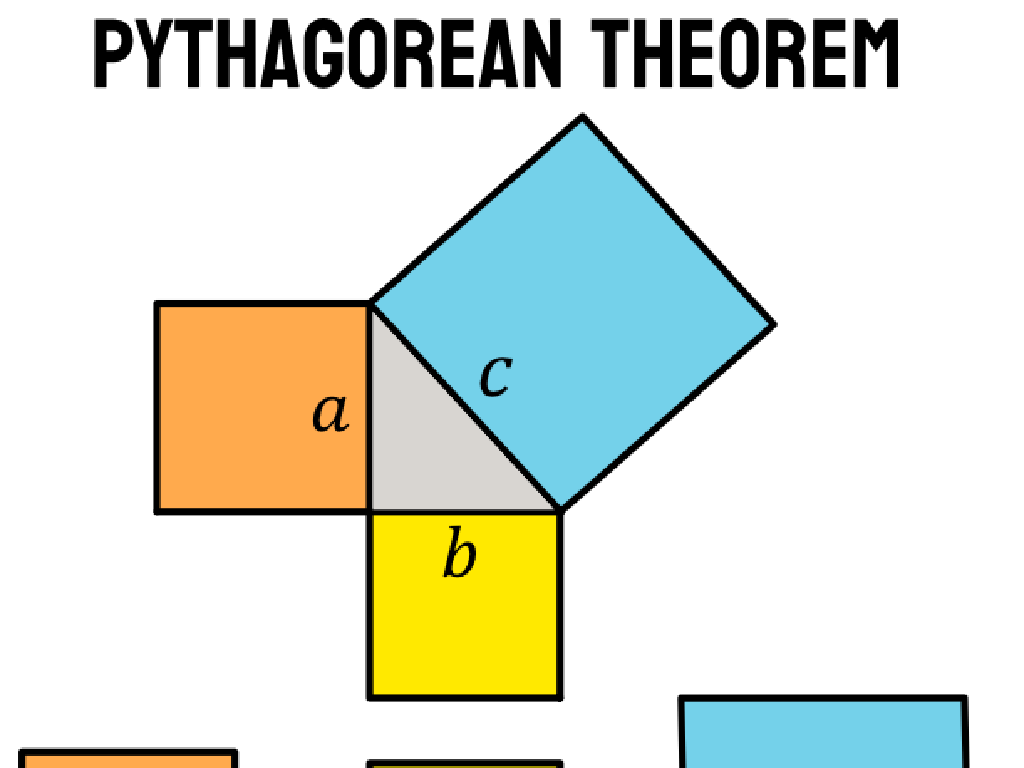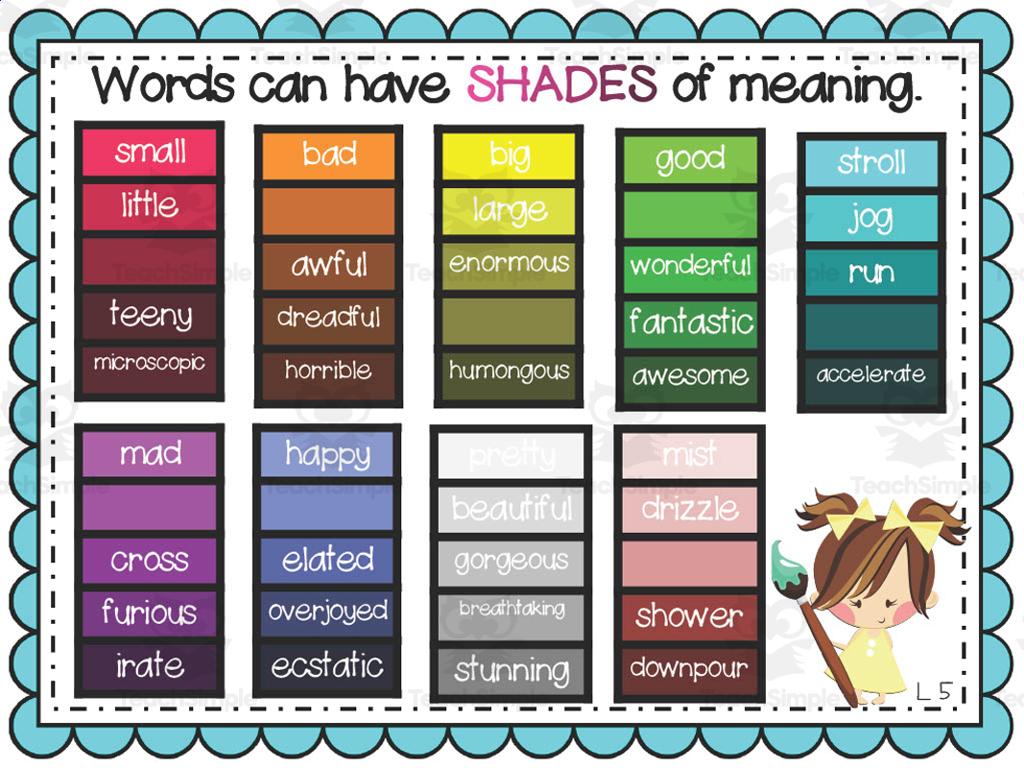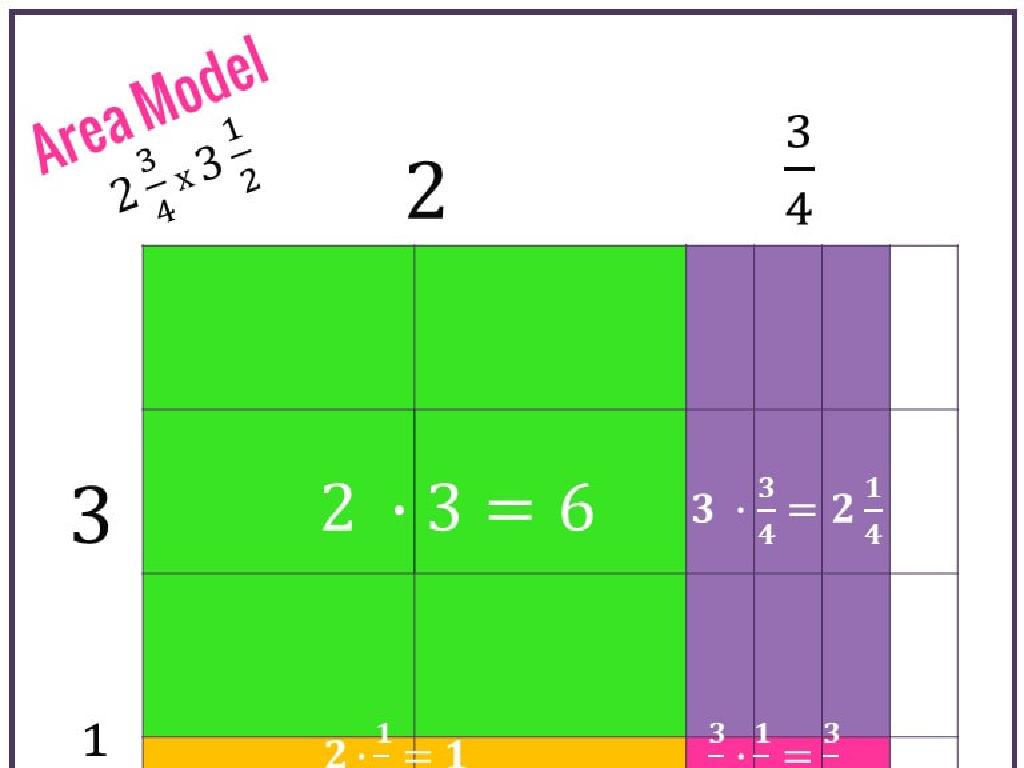Abbreviate Temperature, Mass, And Volume Units
Subject: Science
Grade: Eighth grade
Topic: Units And Measurement
Please LOG IN to download the presentation. Access is available to registered users only.
View More Content
Abbreviating Units in Science
– Basics of scientific measurement
– Importance of standard units
– Standard units allow for consistent communication of measurements
– Temperature, mass, and volume units
– Common units: Celsius (°C), grams (g), liters (L)
– Abbreviations: Celsius, grams, liters
– °C for temperature, g for mass, L for volume
|
This slide introduces students to the fundamental concepts of measurement in science, emphasizing the need for standard units to ensure clear and consistent communication. It provides an overview of the most common units used to measure temperature, mass, and volume, which are Celsius, grams, and liters, respectively. The slide also highlights the importance of using the correct abbreviations for these units, which is a crucial skill in scientific writing and data recording. Encourage students to practice converting between different units and to memorize the abbreviations for quick reference during experiments and assessments.
Understanding Temperature Units
– Definition of temperature
Temperature measures how hot or cold something is.
– Celsius and Fahrenheit scales
Celsius (°C) used globally, Fahrenheit (°F) mainly in the U.S.
– Reading a thermometer
Thermometers show temperature; learn to read both scales.
– Practical applications
|
This slide introduces the concept of temperature and its measurement units, Celsius and Fahrenheit. Begin by explaining temperature as a measure of the average kinetic energy of particles in a substance. Discuss the two scales, noting that Celsius is part of the metric system and Fahrenheit is used in the United States. Demonstrate how to read a thermometer, showing both scales, and explain situations where temperature measurement is crucial, such as in weather forecasts, cooking, and science experiments. Encourage students to practice converting between Celsius and Fahrenheit and to use a thermometer to measure temperatures of various items as a practical application.
Abbreviating Temperature Units
– Celsius (°C), Fahrenheit (°F), Kelvin (K)
– Usage of temperature units
– °C for most of the world, °F in the U.S., K for scientific measurements
– Convert 68°F to °C
– Use the formula (68°F – 32) × 5/9 to get °C
|
This slide introduces students to the abbreviations for temperature units and their appropriate usage. Celsius is used globally for everyday temperatures, while Fahrenheit is primarily used in the United States. Kelvin is the unit of temperature for scientific measurements, particularly in physics. The practice problem provided will help students apply their knowledge of unit conversion. To convert Fahrenheit to Celsius, subtract 32 from the Fahrenheit value, multiply by 5, and then divide by 9. This exercise not only reinforces the concept of temperature unit conversion but also integrates mathematical skills into the science curriculum.
Understanding Mass and Its Units
– Mass: Measure of matter
Mass is the amount of matter in an object, not its weight.
– Common units: g, kg, lb
Grams for small objects, kilograms for larger items, pounds often used in the U.S.
– Measuring mass with scales
Scales can be digital or analog; they show how much matter is in an object.
– Practical applications
|
This slide introduces the concept of mass as a measure of the amount of matter in an object, which is different from weight that is affected by gravity. Highlight the most commonly used units for measuring mass: grams (g) for lighter objects, kilograms (kg) for heavier items, and pounds (lb) which are predominantly used in the United States. Explain how to use different types of scales to measure mass, including both digital and analog scales. Emphasize the importance of understanding and converting between these units for scientific experiments, cooking, and other practical applications. Encourage students to bring examples of items and their mass in different units for the next class.
Abbreviating Mass Units
– Common mass abbreviations
– Gram (g), Kilogram (kg), Pound (lb)
– Selecting the right unit
– Use ‘g’ for small items, ‘kg’ for heavier items, ‘lb’ in the U.S.
– Conversion example: lb to kg
– 5 lb is approx 2.27 kg (1 lb = 0.453592 kg)
– Practice converting units
|
This slide introduces students to the standard abbreviations for mass units and how to choose the appropriate unit for different measurement scenarios. Emphasize the importance of context in selecting units, such as using grams for lightweight objects and kilograms for heavier items. Pounds are commonly used in the U.S. for body weight and in markets. The conversion example helps students understand how to switch between units, which is a critical skill in science. Encourage students to practice by converting various weights from pounds to kilograms and vice versa, reinforcing their understanding of the metric system and its application in everyday life.
Understanding Volume Units
– Volume: space occupied by an object
– Common units: L, mL, gal
– Liters (L), milliliters (mL) for smaller quantities, gallons (gal) mainly in the U.S.
– Volume measurement in labs
– Precision in lab experiments is crucial
– Volume in everyday life
– Cooking, fueling cars, and more
|
This slide introduces the concept of volume and its common units of measurement. Volume is the amount of space that an object or substance occupies, and it’s a fundamental concept in both science and everyday life. Students should understand that liters and milliliters are commonly used in most countries for various purposes, including laboratory measurements, where precision is important. Gallons are primarily used in the United States for larger quantities, such as in fueling cars. Relate the content to students’ daily experiences, such as measuring ingredients for a recipe or the capacity of a water bottle, to make the concept more tangible. Encourage students to think of other examples where they encounter volume measurements.
Abbreviating Volume Units
– Common volume abbreviations
– Liter (L), Milliliter (mL), Gallon (gal)
– Choosing the right volume unit
– Use L for larger quantities, mL for smaller, gal typically for liquids in the U.S.
– Conversion example: gallons to liters
– 2 gal is approximately 7.57 L (1 gal = 3.785 L)
– Practice converting units
|
This slide introduces students to the standard abbreviations for volume units and how to choose the appropriate unit based on the quantity being measured. Emphasize that liters and milliliters are part of the metric system, commonly used worldwide, while gallons are used primarily in the U.S. for liquid volumes. Provide a conversion example to demonstrate how to switch between gallons and liters, using the conversion factor 1 gallon = 3.785 liters. Encourage students to practice converting between these units to reinforce their understanding and prepare them for real-world applications.
Class Activity: Unit Conversion Relay
– Divide into small groups
– Receive conversion tasks
– Each team gets tasks involving temperature, mass, and volume conversions
– Race to solve accurately
– First team to finish with correct answers wins
– Discuss precision’s value
– Why is it important to measure precisely in science?
|
This activity is designed to make learning about unit conversions interactive and fun. By working in groups, students can collaborate and help each other understand the process of converting units of temperature, mass, and volume. The competitive element of the relay race adds excitement and encourages engagement. After the activity, lead a discussion on the importance of precision in measurement, highlighting how even small errors can lead to significant mistakes in scientific experiments. Possible conversion tasks could include converting Fahrenheit to Celsius, grams to kilograms, and milliliters to liters. Ensure that each group understands the conversion formulas before starting the activity.
Conclusion: Units of Measure Recap
– Recap: Temp, Mass, Volume units
– Temperature (°C, °F, K), Mass (g, kg), Volume (L, mL)
– Standard units ensure clarity
– Consistent units allow scientists to share and compare data effectively
– Importance in scientific communication
– Using standard units avoids confusion and errors in experiments
– Engage in Q&A session
|
This slide aims to summarize the key points of the lesson on abbreviating temperature, mass, and volume units. Emphasize the importance of using standard units like Celsius (°C), Fahrenheit (°F), Kelvin (K) for temperature; grams (g) and kilograms (kg) for mass; and liters (L) and milliliters (mL) for volume. Highlight how standard units in science facilitate clear communication, comparison, and replication of results across the scientific community. Conclude with a Q&A session to address any student uncertainties and reinforce their understanding. Encourage students to ask questions about any aspect of units and measurements they find confusing, and provide clear, concise explanations to solidify their grasp of the material.





